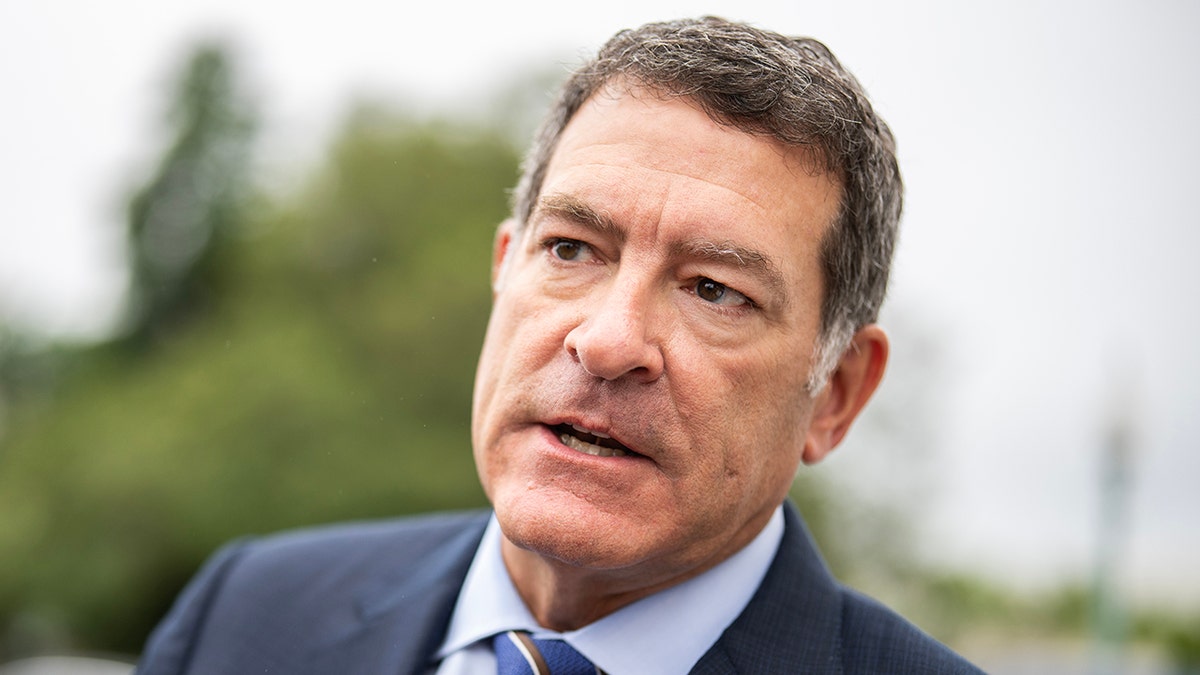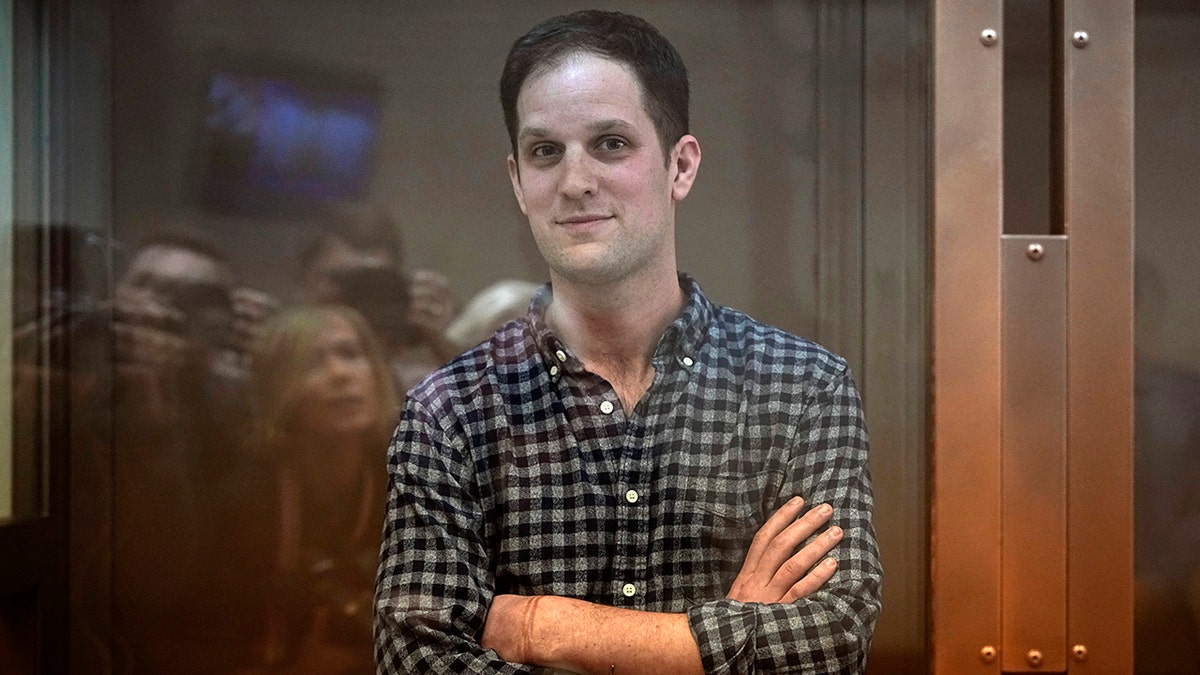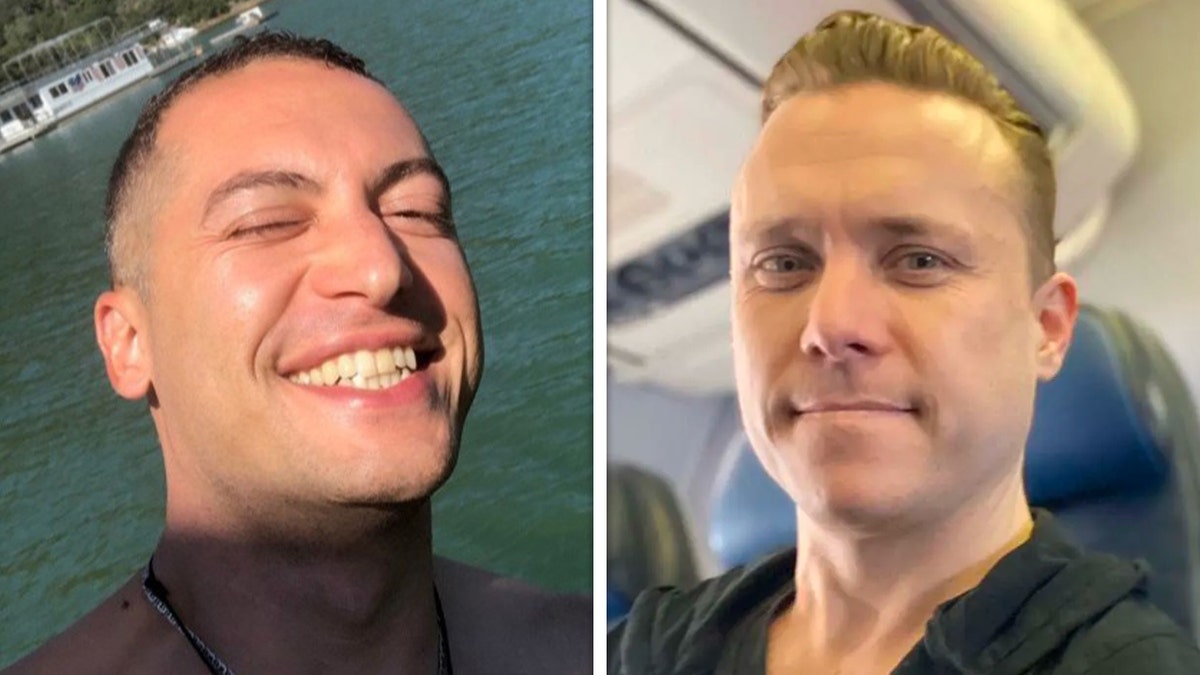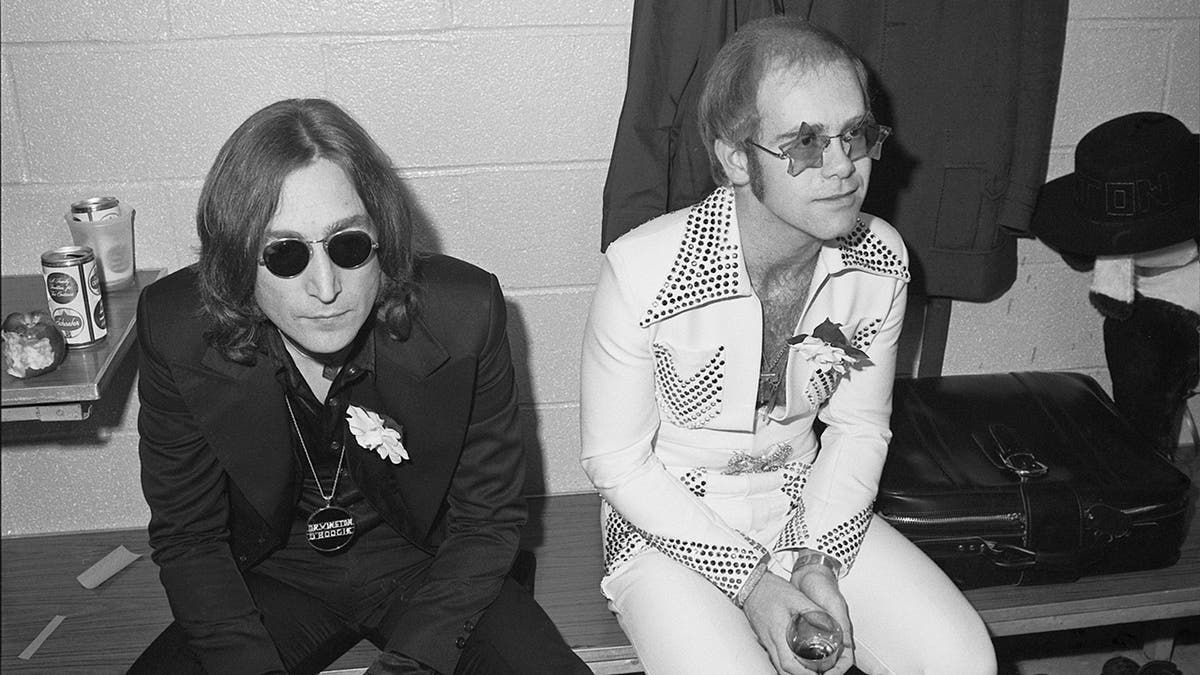In 2021, a cargo plane crashed into the ocean off Hawaii due to a critical error by the pilots. A National Transportation Safety Board (NTSB) investigation revealed that the pilots misidentified the failing engine, inadvertently reducing power to the functioning engine instead. This loss of power made it impossible for the aircraft to stay airborne.
The NTSB report also highlighted the captain's heavy workload and a breakdown in communication and teamwork between the two pilots as contributing factors to the accident. The Boeing 737, en route from Honolulu to Kahului, went down in Mamala Bay, just a few miles from Honolulu's airport. The captain sustained serious injuries, the co-pilot suffered minor injuries, and the aircraft was destroyed.
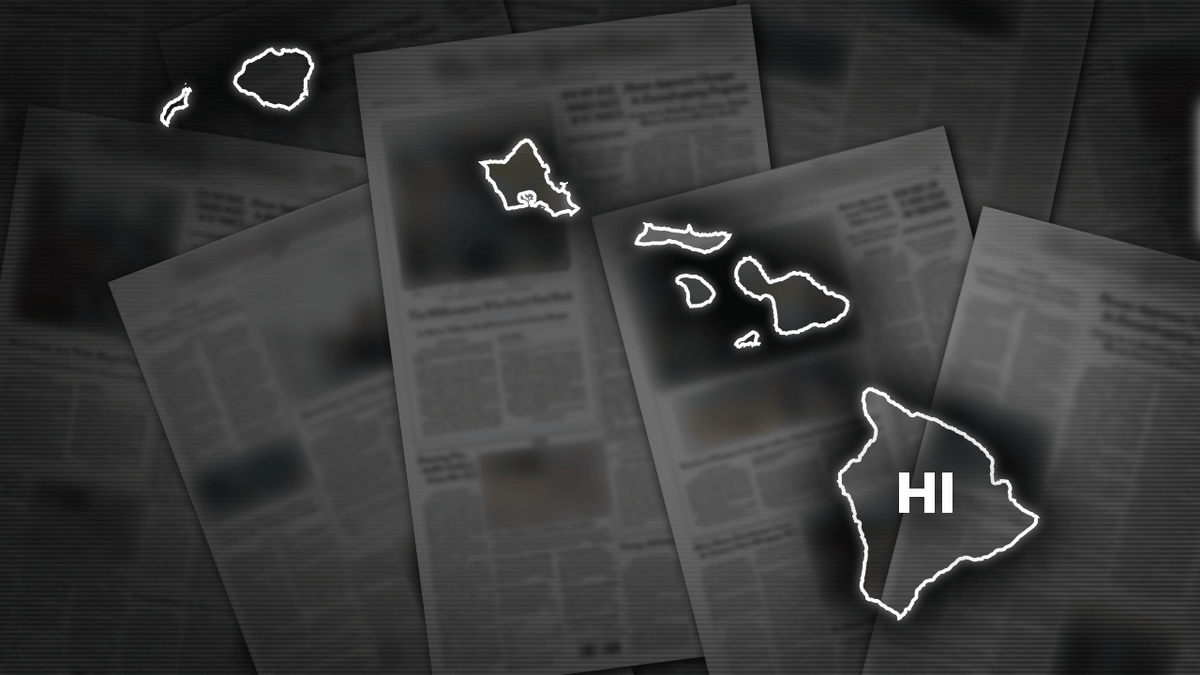
While pre-flight checks indicated no issues, shortly after takeoff, a thudding sound and vibrations alerted the crew to a problem. Although they correctly observed that the right engine had lost power, they mistakenly reduced thrust to the left engine, which was still functioning. This action sealed the plane's fate.
Both pilots were experienced, with the captain having logged over 15,000 flight hours and the co-pilot over 5,000. The aircraft's Pratt & Whitney engines, manufactured in 1968 and 1971, had last been serviced in 2019 and had passed all required inspections and maintenance checks, including a routine check the day before the incident. The wreckage was recovered at a depth of approximately 400 feet, and sheared fan blades were discovered on the failed engine. Following the accident, the Federal Aviation Administration suspended Rhoades Aviation, the plane's owner and operator under the TransAir cargo flight designation.


